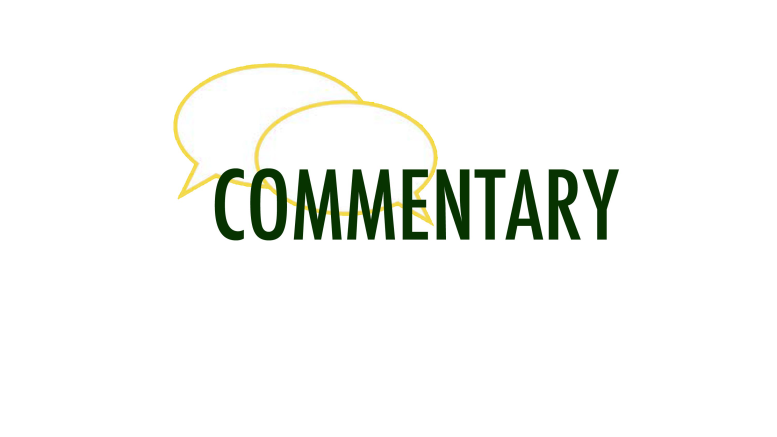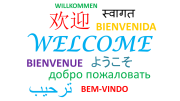I have written a couple articles on the topic of American Sign Language. My most recent has been this interview with three faculty members regarding rumors that I had heard and a general lack of knowledge that I and others had about the ASL and Deaf Education department here on campus. Which is surprising, considering ASL is McDaniel’s second-most-popular language among students, right after Spanish.
ASL is an important language for everyone to engage with in some manner, because it is not only a language, but also a culture that exists all around you. According to Gallaudet – America’s leading university specifically designed for Deaf and hard-of-hearing students – an estimated 500,000 to 2 million people in the United States utilize sign language in some capacity. ASL is also “the sixth most-used language in the U.S., or the fifth most-used non-English language in the U.S.,” according to Gallaudet.
I took first-level ASL in my freshman year and was surprised that my professor was Deaf. How were we supposed to communicate? Was it rude to talk in front of him when he couldn’t hear what we were saying? How was I supposed to act around a Deaf professor?
The answer turned out to be pretty simple. In our first week, he taught us fingerspelling, and from then on if we didn’t know how to sign a word, we would fingerspell it and he would patiently teach us. We could communicate simple questions to him that way, and we could write things down in our notebook for larger questions that we did not know how to sign. Our professor utilized a lot of PowerPoints to bridge our language gap, which was also helpful. I also learned that it is considered rude to use vocal language around a Deaf person – imagine not knowing Russian and being surrounded by people who constantly cracked jokes to each other in Russian.
All of this is to say that the dread I felt in the first couple weeks of class was short-lived. I began to understand ASL as a culture and became interested in learning the basics so that I wouldn’t offend anyone who considered themselves a part of the culture. And I’m very glad I did, since ASL is such a prominent culture in the U.S.
Sandra Wood, undergraduate chair of the ASL and Deaf Studies program, has claimed that McDaniel is one of the best places for an ASL program because of its size. Students are able to interact more with other students and professors than they would be at a larger school.
Communication between Deaf and hearing cultures is extremely important, so if you have an open slot next semester and don’t know what to take, consider the first level of ASL. It’s fun and engaging and really makes you think about the way you communicate with those around you. And remember that there are always people and a culture behind the language – it’s more than just a collection of words.





